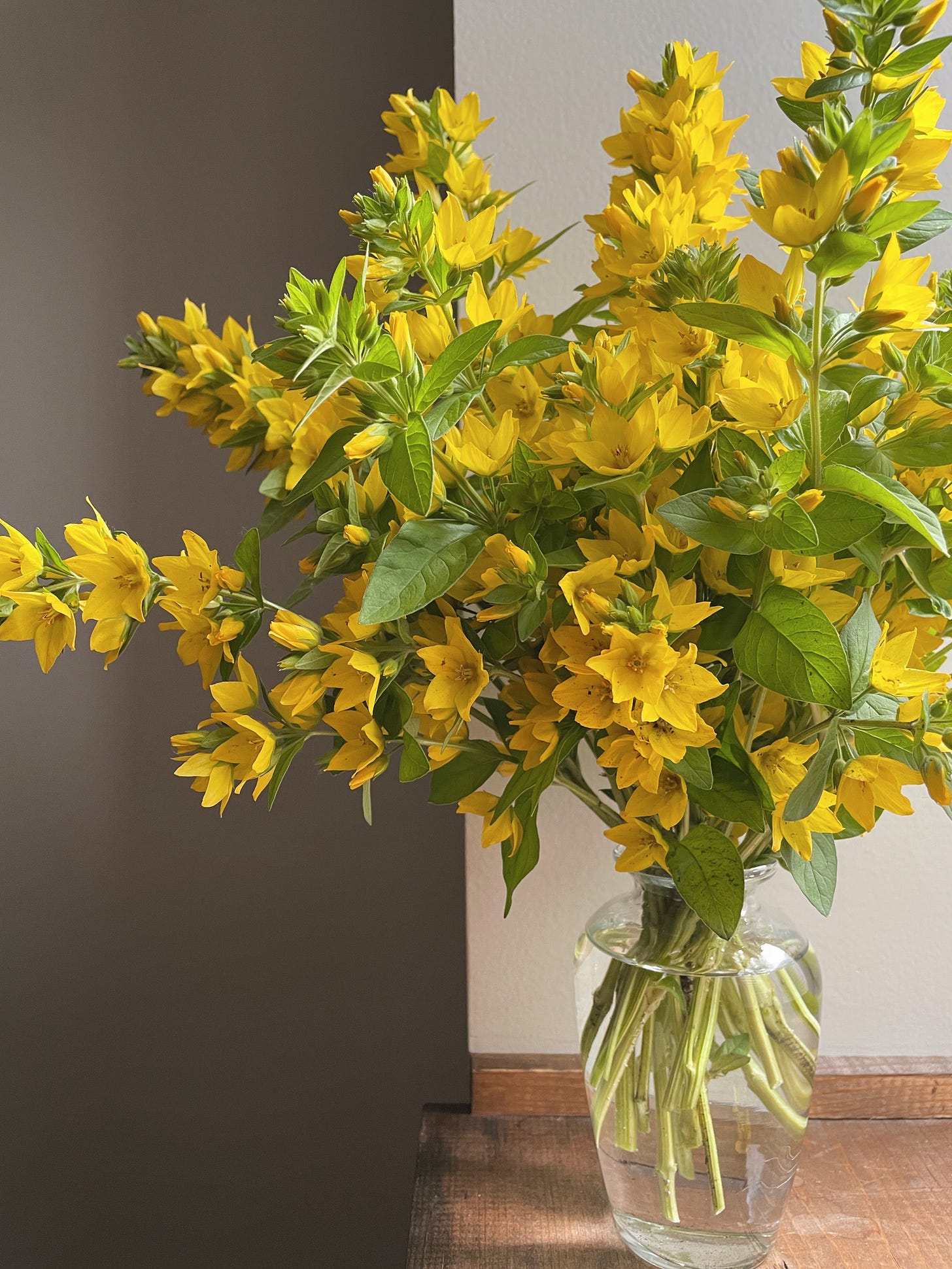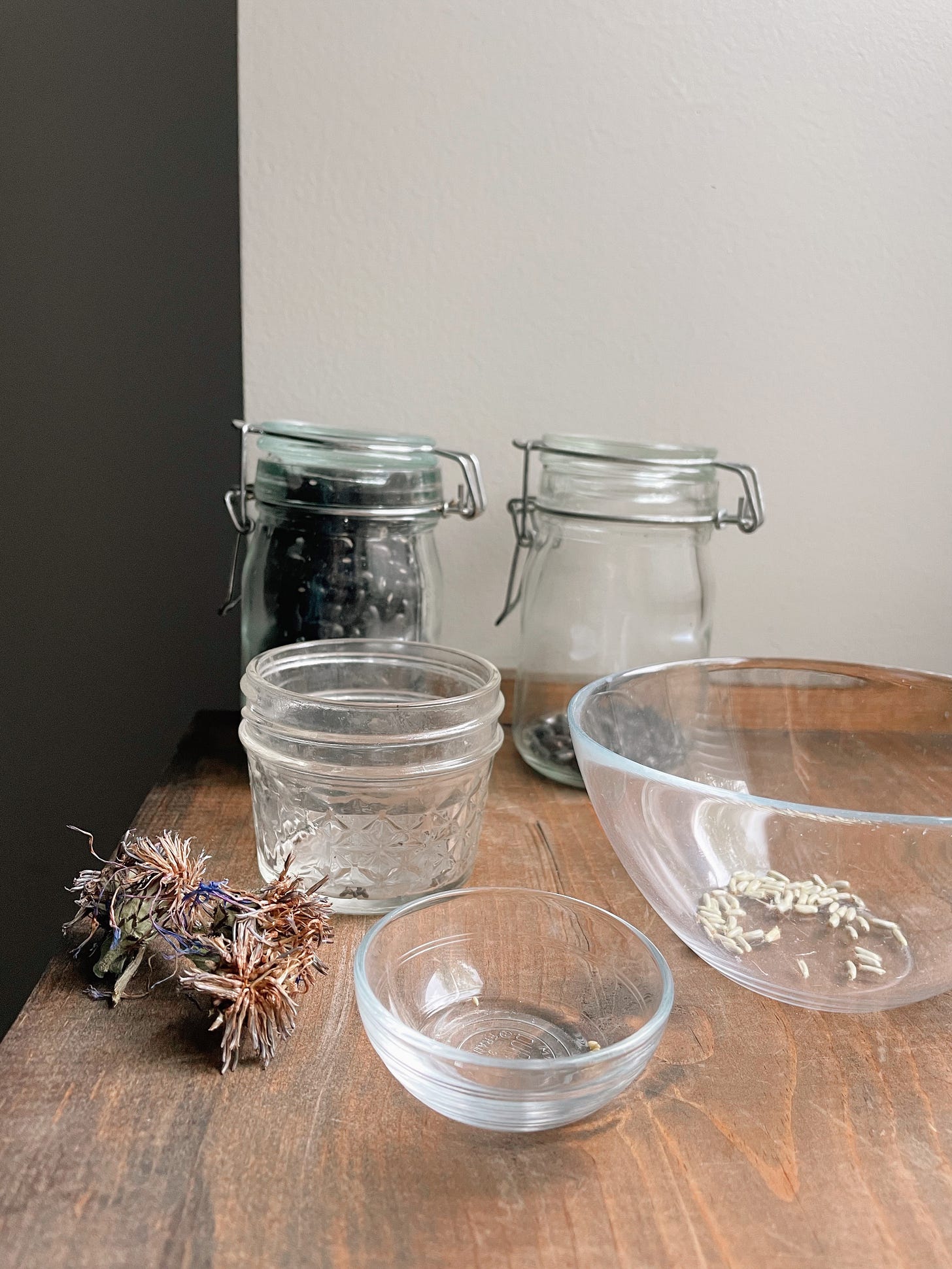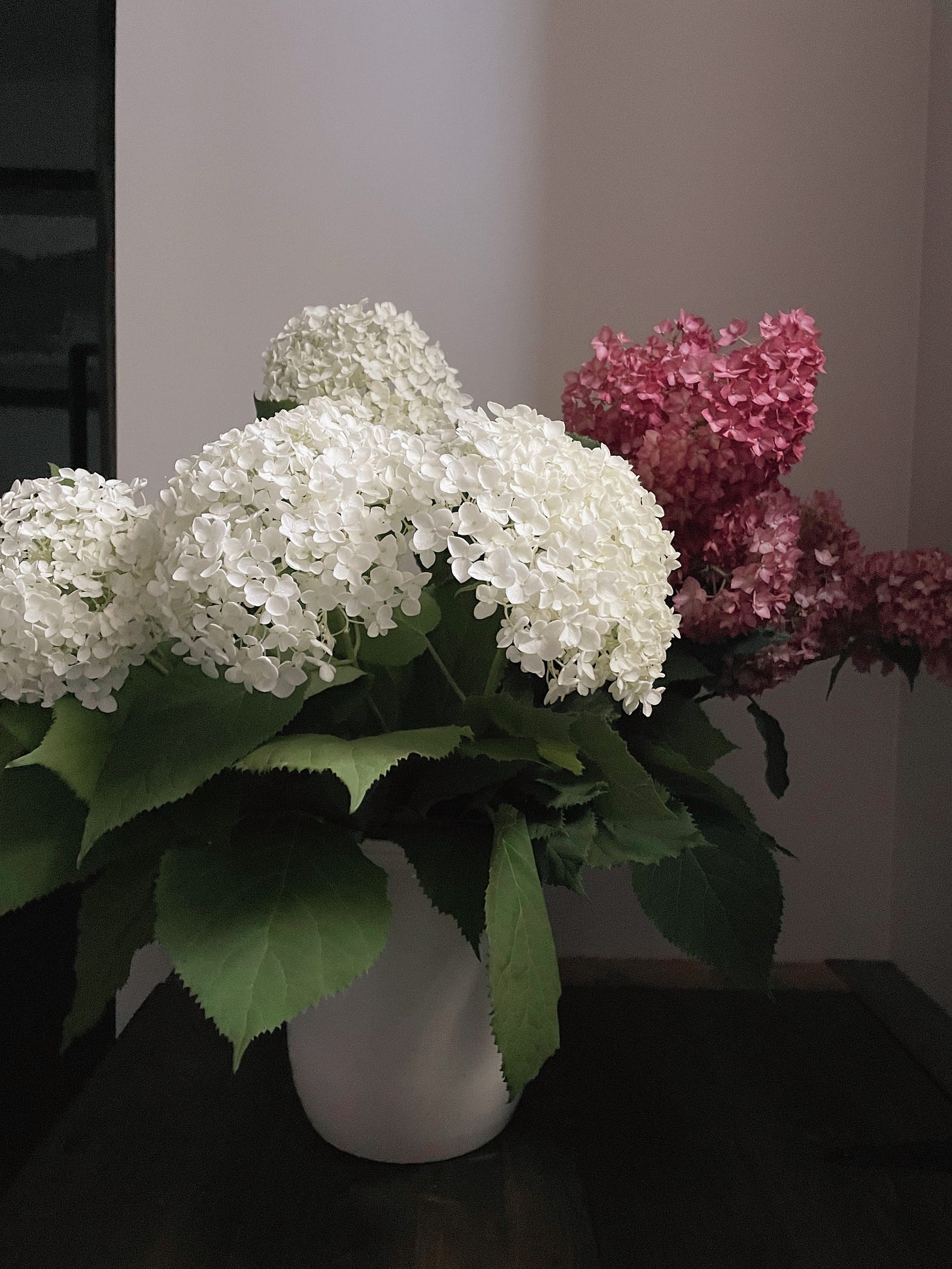Seed saving: my favorite summer garden activity (alongside flower harvesting). After several years of practice, I’ve gotten better at collecting seeds throughout the summer, and not just at the end of the growing season. My summer library of seeds expand each year.
Seed collecting is a type of garden freedom. Nurseries follow a distinct timeframe for when they sell certain flowers, and oftentimes that timeline doesn’t match my gardening calendar. When I collect seeds, I can start growing many of them right away in the same season (if they don’t require cold stratification). And for some flowers that don’t bloom until their second year of growth, collecting seeds and growing them right away expedites this process, ensuring I might get flower blossoms sooner than expected.
But seed collecting takes practice. I remember when I first start harvesting spent flower heads, I had no idea where to find the seeds, many of which were cocooned within layers of flower petals. I reached out to fellow gardeners who had a lot more experience than me to ask for help. One summer a few years ago I tried to collect seeds from four o’clock blossoms. I thought for sure I found what looked like seeds dangling from a portion of the flower’s stem. With a chuckle, a fellow gardener confirmed that was not a seed, just part of the plant’s growth. Four o’clock seeds are very prominent, and emerge as stone-like black spheres in the middle of a spent flower head. Once I figured out where to look on the flower, collecting seeds became a compulsive habit of my late summer garden routine. Other easy seeds to collect, in my opinion, include nasturtium, tomatoes (although the seeds require a little prep work once harvested), and dill.
I still struggle to discern between chaf, or the part of the flower attached to a seed, and the seed itself. Sometimes it takes practice to winnow seeds away from dried flower petals (especially with zinnias and cosmos), and to be able to determine what comprises an actual seed. I’ve gone wrong many times, especially with allium and chives.
Seed collecting doesn’t just involve flowers; I also harvest seeds from food I grow in the kitchen garden, like runner beans and sugar snap peas. If I can resist plucking these morsels from the vine when they are plump and ready to eat, then I’m well on my way to harvesting seeds for use in next summer’s garden. The trick is to let pea and bean pods dry out on the vine. Once the pods become brittle and paper thin, they are ready to harvest. Beans and peas harden, rendering them perfect for winter storing. Of course, you can always rehydrate them for use in cooking, too.
Once I collect seeds, I label a paper plate and then let seeds dry out for a week before storing them in a dark, cool place. I currently have a small collection of glass containers that I use for storage. I might be a little obsessed with the aesthetics of small glass containers, having collected a variety of used jars and vessels that look so sweet when displayed together. There must be an apothecary somewhere in the remnants of my family lineage.
Since this is my first summer harvesting columbine seeds, I wrapped a few in a wet paper towel and placed them inside a sealed plastic baggie near a large south-facing window in my kitchen. If the seeds sprout in the next few days, I’ll know they are viable. If not, then I will toss them out and try again next year.
Recently collected seeds: pansies, cornflower, columbine, blue sage. Coming up next: feverfew and loosestrife.
Looking for a good summer read that’s on topic with gardening? I recommend Diane Wilson’s Seed Keeper, a riveting novel about family, gardening, and the power of cultivating one’s connection to land. Not only is Wilson an accomplished author who creates vivid characters and settings that draw readers in, she is also an expert gardener and seed saver.
See you again next month, when I share a new essay and more flower photography. Like the flower photos you see in this essay? Support my work and expand your collection of art work by shopping my online store, Roots & Vines. New images of spring flowers have recently been added to the shop.
Don’t forget to leave a comment on this month’s essay. Writing is community.
-Betsy











I understand the obsession with small jars to hold seeds. I too have a collection of small glass containers. I love how they look on a shelf, each with seeds of different sizes, shapes, and colors.